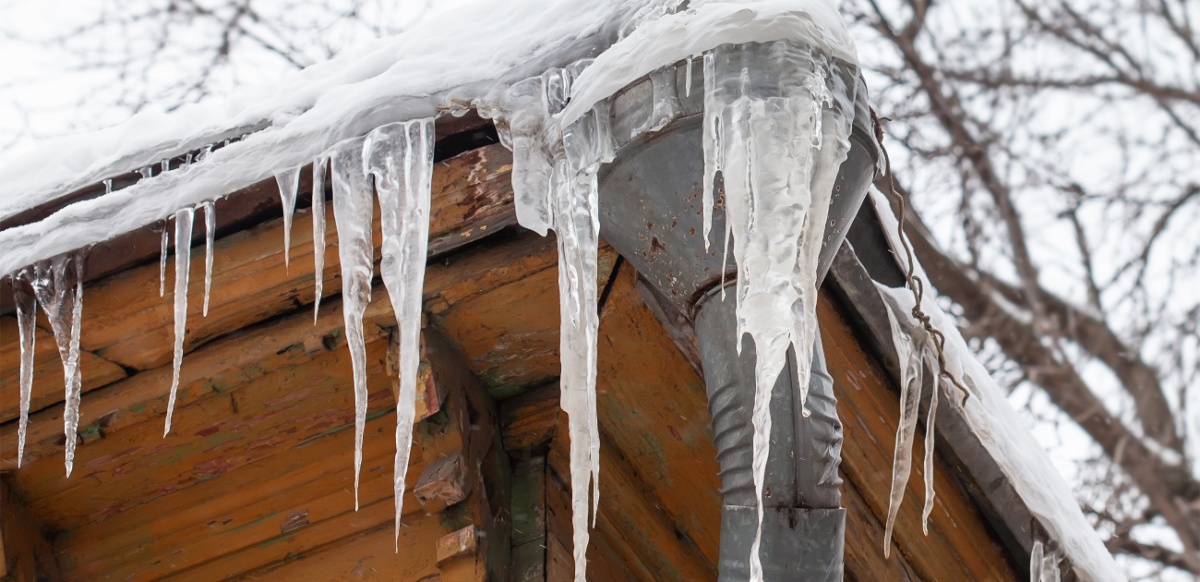Avoiding Frozen Plumbing in Winter: Professional Advice
Avoiding Frozen Plumbing in Winter: Professional Advice
Blog Article
We've uncovered this post involving Helpful Tips to Prevent Frozen Pipes this Winter directly below on the web and accepted it made good sense to relate it with you on this site.

Winter can damage your pipes, particularly by freezing pipelines. Here's just how to stop it from occurring and what to do if it does.
Intro
As temperatures decline, the danger of icy pipes increases, potentially resulting in expensive repairs and water damages. Comprehending just how to prevent icy pipelines is essential for home owners in cold climates.
Avoidance Tips
Protecting prone pipes
Cover pipes in insulation sleeves or use heat tape to secure them from freezing temperature levels. Concentrate on pipelines in unheated or exterior areas of the home.
Heating strategies
Keep interior areas appropriately heated, particularly locations with pipes. Open up cupboard doors to enable warm air to flow around pipes under sinks.
How to identify frozen pipes
Look for decreased water flow from faucets, uncommon odors or sounds from pipes, and visible frost on exposed pipes.
Long-Term Solutions
Architectural adjustments
Consider rerouting pipelines away from outside wall surfaces or unheated areas. Include extra insulation to attics, basements, and crawl spaces.
Upgrading insulation
Buy high-grade insulation for pipes, attic rooms, and walls. Correct insulation assists maintain constant temperature levels and minimizes the threat of icy pipelines.
Protecting Outdoor Pipes
Yard hoses and outside taps
Separate and drain garden pipes prior to winter months. Install frost-proof spigots or cover outdoor faucets with protected caps.
Recognizing Icy Pipes
What causes pipes to ice up?
Pipelines freeze when subjected to temperatures listed below 32 ° F (0 ° C) for expanded durations. As water inside the pipelines freezes, it expands, taxing the pipeline wall surfaces and potentially causing them to burst.
Threats and problems
Frozen pipelines can result in water system interruptions, residential property damage, and expensive fixings. Ruptured pipes can flood homes and trigger comprehensive architectural damages.
Signs of Frozen Piping
Determining icy pipes early can stop them from rupturing.
What to Do If Your Pipes Freeze
Immediate actions to take
If you suspect frozen pipes, maintain faucets open up to ease stress as the ice melts. Utilize a hairdryer or towels taken in warm water to thaw pipes gradually.
Verdict
Protecting against icy pipes calls for proactive measures and quick feedbacks. By comprehending the reasons, indications, and safety nets, homeowners can protect their plumbing during cold weather.
5 Ways to Prevent Frozen Pipes
Drain Outdoor Faucets and Disconnect Hoses
First, close the shut-off valve that controls the flow of water in the pipe to your outdoor faucet. Then, head outside to disconnect and drain your hose and open the outdoor faucet to allow the water to completely drain out of the line. Turn off the faucet when done. Finally, head back to the shut-off valve and drain the remaining water inside the pipe into a bucket or container. Additionally, if you have a home irrigation system, you should consider hiring an expert to clear the system of water each year.
Insulate Pipes
One of the best and most cost-effective methods for preventing frozen water pipes is to wrap your pipes with insulation. This is especially important for areas in your home that aren’t exposed to heat, such as an attic. We suggest using foam sleeves, which can typically be found at your local hardware store.
Keep Heat Running at 65
Your pipes are located inside your walls, and the temperature there is much colder than the rest of the house. To prevent your pipes from freezing, The Insurance Information Institute suggests that you keep your home heated to at least 65 degrees, even when traveling. You may want to invest in smart devices that can keep an eye on the temperature in your home while you’re away.
Leave Water Dripping
Moving water — even a small trickle — can prevent ice from forming inside your pipes. When freezing temps are imminent, start a drip of water from all faucets that serve exposed pipes. Leaving a few faucets running will also help relieve pressure inside the pipes and help prevent a rupture if the water inside freezes.
Open Cupboard Doors
Warm your kitchen and bathroom pipes by opening cupboards and vanities. You should also leave your interior doors ajar to help warm air circulate evenly throughout your home.

Hopefully you enjoyed reading our post on How to Prevent Your Pipes From Freezing. Thanks for taking a few minutes to browse our posting. I beg you take a moment to promote this post if you enjoyed it. We enjoy your readership.
Go Deal Now Report this page